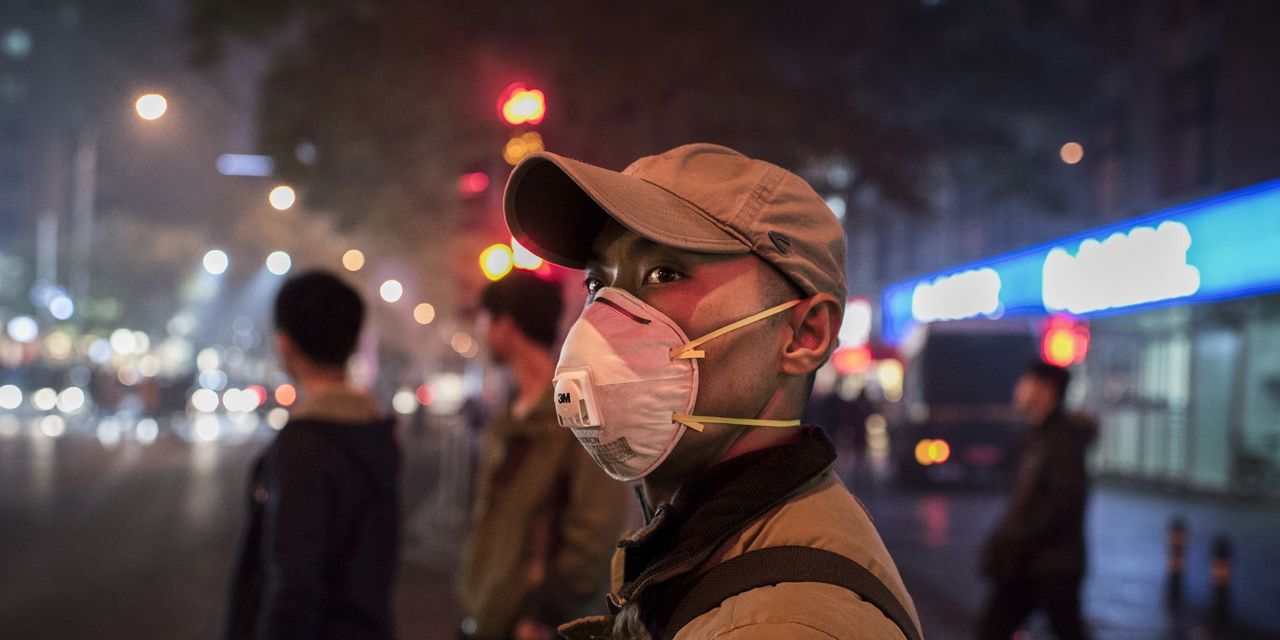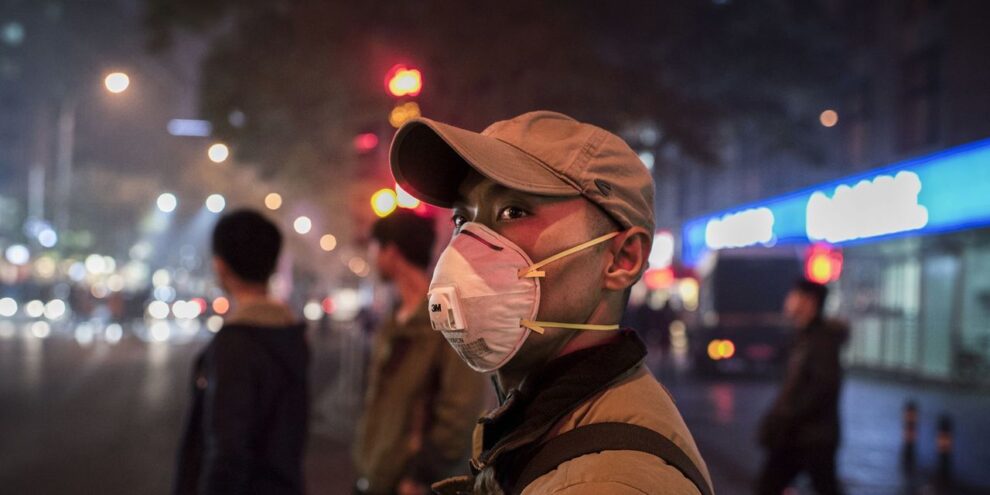
Chinese President Xi Jinping on Saturday pledged to cut the nation’s carbon emissions per unit of economic output by over 65% by 2030 and boost the share of renewable energy use to roughly 25% by the same year as he updated the climate-change policy timeline for a world anxious to see how the mega-polluter moves forward.
The announcement elicited responses ranging from “hold the champagne” to an acknowledgement of “good will” on behalf of China, the world’s second-largest economy and its largest polluter. China’s update is merely “a down payment” in the country’s pursuit of slowing man-made global warming, said one resource group.
The announcement, with its near-term target, is the update that environmental and trade policy experts were looking for after China announced a surprise climate-change pledge in September, right as the Trump-led U.S. was pulling out of the Paris Climate Accord. Chinese officials said then that China was targeting net zero emissions by 2060 and would aim to hit peak emissions before 2030.
Read: The real math behind ‘net zero’ emissions as 100s of countries and companies make their pledge
Incoming U.S. president Joe Biden’s administration has set a target of no later than 2050 for net zero emissions in America and Biden on Saturday pledged a stronger U.S. role in the Paris pact. The Paris framework marked its five-year anniversary with a virtual summit this weekend. Trump did not address the event.
“Xi’s statement is an incremental step forward. It demonstrates good will, while at the same time invites further international engagement in 2021. Tonight, China salutes to the #ParisAgreement, but no one should open a whole bottle of champagne,” Li Shuo, an analyst with Greenpeace Asia, tweeted.
To hit its goal of net zero carbon emissions before 2060, China “should commit to stronger near-term targets ahead of the COP26 summit next year,” said Manish Bapna, executive vice president and managing director, at the World Resources Institute.
“The strengthened renewable energy, carbon intensity and forest targets are steps in the right direction, but recent WRI analysis shows that China would benefit more economically and socially if it aims higher, including by peaking emissions as early as possible,” Bapna said.
WRI’s more-aggressive proposed plan for China envisions stabilizing emissions by 2022 and reducing them after 2026 to generate savings of $530 billion in fuel, operation and maintenance costs over 30 years. What’s more, such climate action could save nearly 1.9 million lives in China and generate roughly $1 trillion in net economic and social benefits in 2050, the group says.
China’s trade competitors, including the U.S. and Europe, are closely watching for — and skeptical of — data updates and evidence from China to show that its voluntary climate-change markers are hit. Trump, in pulling out of Paris, said China doesn’t do its part to combat pollution.
China’s “leadership’s priorities include expanding clean energy, but right now, China is still the world’s largest coal user, and coal accounts for three-fifths of its energy supply,” said Morgan Bazilian and Dolf Gielen, policy fellows at the Payne Institute of the Colorado School of Mines, writing in a commentary.
“Overall, the current ‘nationally determined contributions’ — the plans that countries submit to the U.N. spelling out how they will meet the Paris Agreement — fall far short. A five-fold acceleration in emissions reductions is needed to come close,” they wrote.
China is expected to sell 80 million internal combustion engines annually in the next five years, in line with previous years, the China Internal Combustion Engine Industry Association (CICEIA) announced recently. China has the world’s biggest vehicle market. Carbon dioxide emissions from China’s auto industry were expected to peak around 2028, and drop to 20% of peak levels by 2035.
Xing Min, secretary general at CICEIA, said the industry expects engines to diversify fuel sources to include gasoline, natural gas, methanol and others, and to improve thermal efficiency in the next five years to lower overall carbon emissions.
Still, China’s willingness to set targets has upped the pressure on the U.S. and other industrial giants to act on climate change.
EU officials this week reached a hard-fought deal with coal countries to cut emissions 55% by 2030 compared to 1990 levels, though many specifics about implementing the plan remain to be worked out.
On Friday, Prime Minister Boris Johnson said the U.K. would end support for fossil fuel projects overseas. He stressed, as Biden has for the U.S., that green growth means job growth.











Add Comment